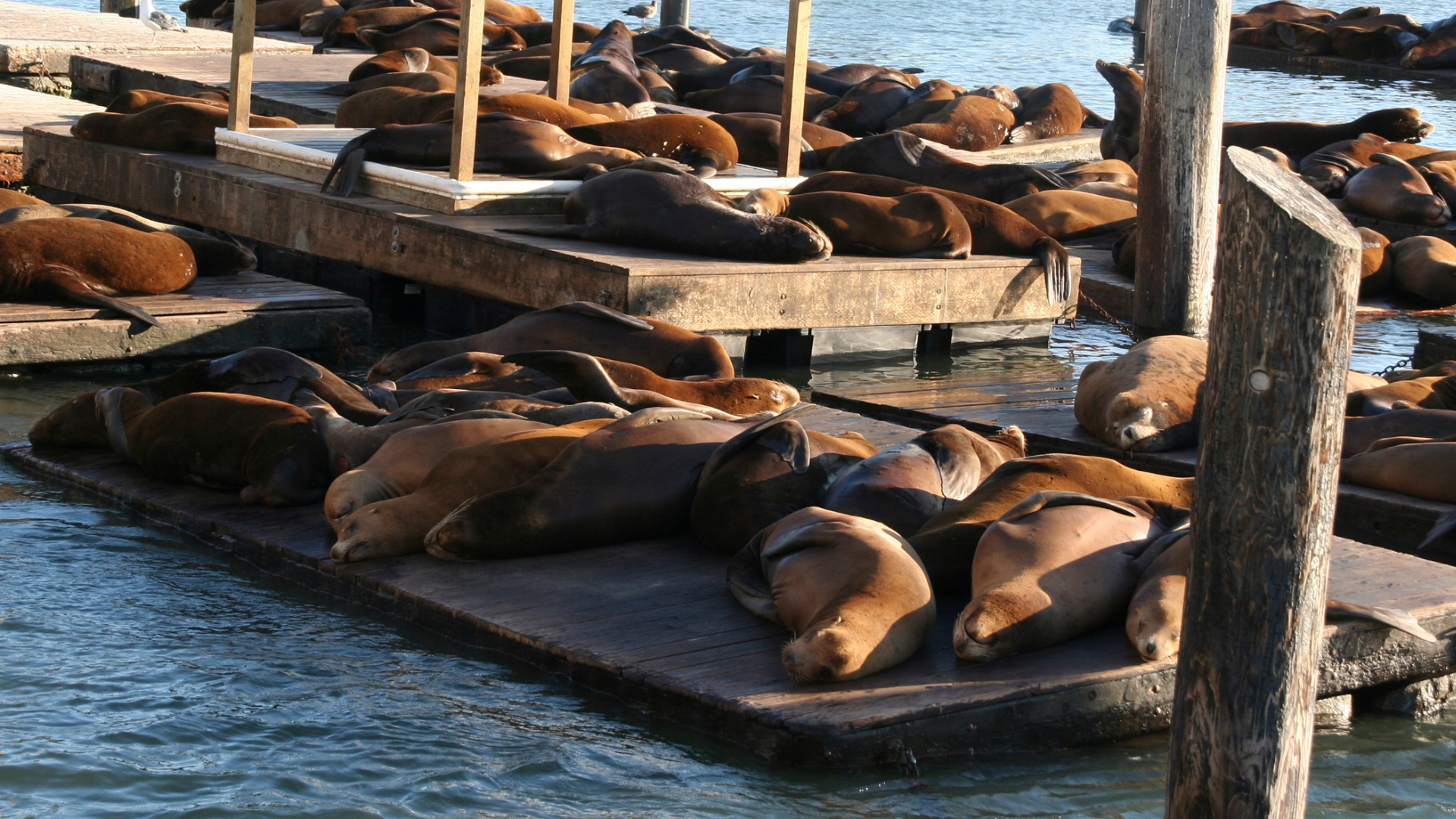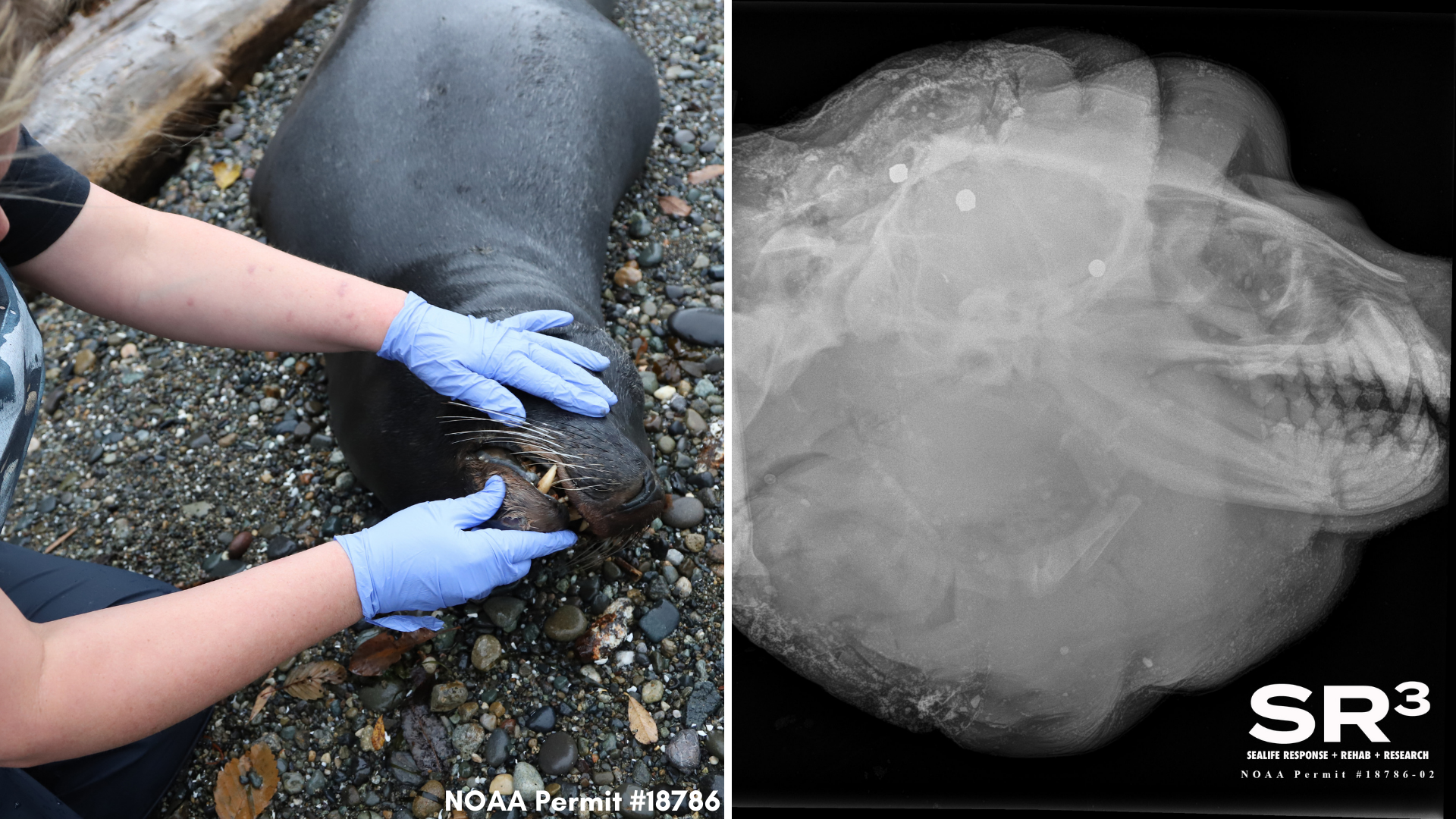While this may provide a temporary outlet of frustration for some people, it does not solve the problems that stem from habitat destruction, a toxic environment, and overfishing. In fact, it’s possible that by removing seals and sea lions, there could be a decline in salmon populations. Seals and sea lions eat over 60 species of fish, some of which feed on salmon. For example, in British Columbia, almost half of harbor seals’ diet is hake, a fish species that is a major predator for young salmon. Remove the harbor seals, and there could be more predation on salmon than the harbor seals would have otherwise caused.
Dr. Andrew Trites of the Marine Mammal Research Unit at University of British Columbia provides an important reminder of the many ways seals and sea lions benefit the marine environment here. Not only may they actually help the salmon population, but they are also integral in nutrient recycling (yes, seal poop is a good thing, think of it as lunch for tiny ocean creatures), and they add to the diversity and resilience of the ecosystem.
Killing large numbers of top predators has been used as a management tactic in the past for marine and terrestrial species, always failing to produce the intended long-term results and often resulting in unexpected negative outcomes.
The NOAA fisheries office in Alaska released a short video for fishermen, reminding them that shooting seals and sea lions is against the law.
A large number of these shootings are happening in our own backyard as well, right in the Duwamish waterway. This is an active and heavily-used waterway within the Seattle City limits, making shooting a particularly dangerous act. While sea lions are wild animals, their easy going demeanor generally means that if you don’t bother them, they won’t bother you, making it extremely unlikely anyone would need to shoot them in self defense.
Necropsies (animal autopsies) have revealed that these animals often suffer from injuries such as shattered vertebrae, broken ribs, and internal organ damage before they die. These illegal, senseless, and inhumane shootings must stop.
If you witness a marine mammal shooting or hear gunfire over the water, call 911.
If you see an injured or dead marine mammal, please call the Stranding Network Hotline at 1-866-767-6114.
References:
Dept. of Fisheries and Oceans. 2010. “Population Assessment Pacific Harbour Seal (Phoca vitulina richardsii).” DFO Can. Sci. Advis. Sec. Sci. Advis. Rep. 2009/011; Zier and Gayos, 2014. “Harbor seal species profile.” Encyclopedia of Puget Sound. SeaDoc Society/UC Davis’ Karen C. Drayer Wildlife Health Center
Bowen and Lidgard. 2012. “Marine mammal culling programs: Review of effects on predator and prey populations.” Mammal Review 43 (3), January 2012. Pp. 207-220; and Morissette L, Christensen V, Pauly D (2012) Marine Mammal Impacts in Exploited Ecosystems: Would Large Scale Culling Benefit Fisheries? PLoS ONE 7(9): e43966. https://doi.org/10.1371/journal.pone.0043966
Shields MW et al. 2018. “Increased presence of mammal-eating killer whales in the Salish Sea with implications for predator-prey dynamics.” PeerJ6:e6062 http://doi.org/10.7717/peerj.6062
Puget sound harbor seals leveling out based on 1999 survey: https://media.fisheries.noaa.gov/dam-migration/po2013sehr-wain_508.pdf
Coastal harbor seals leveling out in 90s based on early 2000s surveys: https://media.fisheries.noaa.gov/dam-migration/po2013sehr-owco_508.pdf
California sea lions leveling out in 2010s: https://media.fisheries.noaa.gov/dam-migration/ca_sea_lion_final_2018_sar.pdf


















